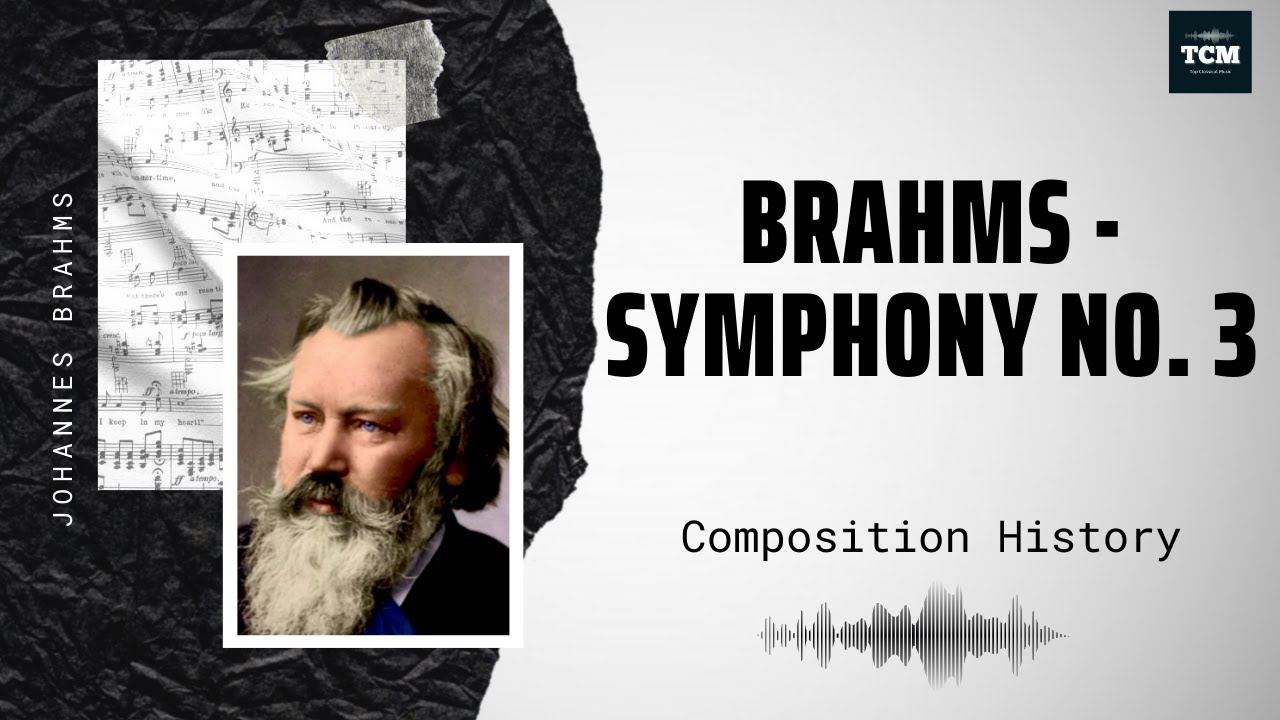
Bach – Sonata in B Minor for Violin and Harpsichord
The six sonatas for violin and obbligato harpsichord BWV 1014–1019 by Johann Sebastian Bach are works in trio sonata form, with the two upper parts[…]

Beethoven – Sonata No. 15 in D Major
Piano Sonata No. 15 in D major, Op. 28, is a piano sonata by Ludwig van Beethoven. The name Pastoral or Pastorale became known through[…]

Bach – Prelude, Fugue and Allegro BWV 998
Prelude, Fugue, and Allegro in E-flat major, BWV 998, is a musical composition written by Johann Sebastian Bach for Lute or Harpsichord. The piece was[…]

Beethoven – Piano Sonata No. 9 in E Op. 14
The Piano Sonata No. 9 in E major, Op. 14, No. 1, is an early-period work by Ludwig van Beethoven, dedicated to Baroness Josefa von[…]

Mozart – Divertimento in D major K. 136 125a
Mozart – Divertimento in D major K. 136 125a Divertimento /dɪˌvɜːrtɪˈmɛntoʊ/ (Italian: [divertiˈmento]; from the Italian divertire “to amuse”) is a musical genre, with most of[…]
Beethoven – Piano Sonata No. 2 in A major Op. 2
Beethoven’s Piano Sonata No. 2 in A major, Op. 2, No. 2, was published in 1796 and dedicated to Joseph Haydn. A typical performance lasts[…]

Bach – Flute Sonata in E flat major, BWV 1031
The Sonata in E♭ major for flute or recorder and harpsichord, probably by J. S. Bach (BWV 1031), is a sonata in 3 movements: Allegro moderato[…]

Chopin – Sonata No. 3 in B minor Op. 58
Frédéric Chopin composed his Piano Sonata No. 3 in B minor, Op. 58, in 1844 and dedicated it to Countess Émilie de Perthuis. Along with[…]

Mozart – Ave verum corpus K. 618
Ave verum corpus (Hail, true body), (K. 618), is a motet in D major composed by Wolfgang Amadeus Mozart in 1791. It is a setting[…]

Brahms – Symphony No. 3 in F Major Op. 90 – Music | History
The Symphony No. 3 in F major, Op. 90, is a symphony by Johannes Brahms. The work was written in the summer of 1883 at[…]